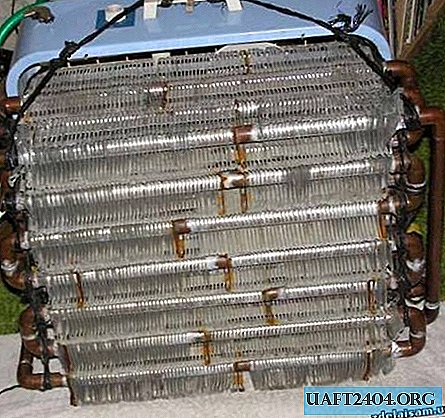Share
Pin
Tweet
Send
Share
Send

Here is a simple diagram for automatically turning on the fan and controlling its speed depending on the temperature of the sensor. This simplest circuit, consisting of only two elements, can be used in your amplifiers, power supplies, computers, etc.

Automatic controller circuit operation
As a temperature sensor used chip LM35. It looks like a three-legged transistor. The output voltage of this sensor is linearly proportional to the temperature in degrees Celsius. That is - 10 mV / degree Celsius, for example, if the temperature is 45 degrees, then the output voltage of the sensor will be 450 mV or 0.45 V.
The base of the transistor BC548 NPN structure is connected to the output of the sensor. From the characteristics of this transistor it is known that it starts to open when the voltage between the base and emitter exceeds 0.4 V. Therefore, the fan will start to rotate when the sensor temperature exceeds 40 degrees. And when the temperature of the sensor exceeds 60 degrees and a voltage of 0.6 V appears at the output, the transistor will open completely and the fan will rotate at full power.

Here is such a simple job and such a simple circuit.
If the circuit will work unstably, or intermittently, I recommend connecting a 0.01 μF capacitor directly to the LM35 sensor's power legs.
Instead of a computer cooler, you can turn on a low-power brush motor, but then you need to introduce a resistor with a resistance of 10-50 Ohms in series with it.
Share
Pin
Tweet
Send
Share
Send











